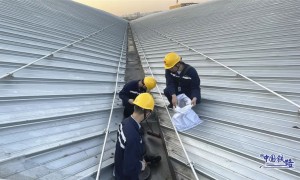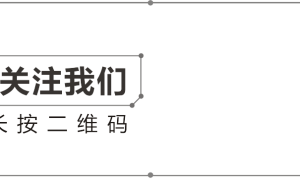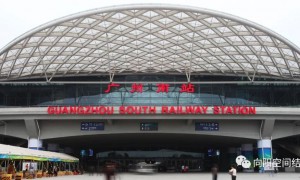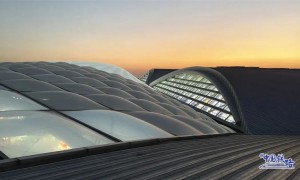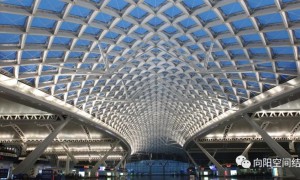用专业的眼光传播价值。
讲台,舞台,架空平台……
小项目有大智慧
架空平台
利用龙骨做T型支撑脚
室外平台
路缘石旁边的一个小架空层,这个工艺可以应用在绿化项目,尤其是绿化树的树根部位。
龙骨直接埋入砂浆中做支撑
通过这个案例,我想到了一个很合适的应用。
先补充一个知识点:结构间隙土
结构间隙土是指一种几保证车行区域土壤夯实系数,又保证树木根部正常生长的过渡区域中的土壤结构。近年来,随着结构间隙土技术的提出,其在工程项目建设中的应用也逐渐引起了重视。通过结构间隙土,能够将土壤含水率保持在最佳水平或是接近最佳水平的范围内。上海迪士尼乐园就大量应用了这种新材料。
上海迪士尼乐园内采用的结构间隙土
上海迪士尼乐园绿化工程完成效果
面对经常需要休整的人行道绿化树,树根部位可以用轻钢做一个架空层,上面铺上木塑等透气材料,岂不是一个成本很低的解决方案?
室内应用-讲台
增加吸音玻璃棉
室内应用-舞台
Cold-formed steel is widely used in buildings, automobiles, equipment, home and office furniture, utility poles, storage racks, grain bins, highway products, drainage facilities, and bridges. Its popularity can be attributed to ease of mass production and prefabrication, uniform quality, lightweight designs, economy in transportation and handling, and quick and simple erection or installation.
冷弯型钢广泛应用于建筑、汽车、设备、家庭办公家具、电线杆、仓储货架、粮仓、公路产品、排水设施、桥梁等。它的普及可以归因于易于大规模生产和预制,统一的质量,轻量化的设计,运输和装卸的经济,快速和简单的组合或安装。
In building construction, cold-formed steel products can be classified into three categories: members, panels, and prefabricated assemblies. Typical cold-formed steel members such as studs, track, purlins, girts and angles are mainly used for carrying loads while panels and decks constitute useful surfaces such as floors, roofs and walls, in addition to resisting in-plane and out-of-plane surface loads. Prefabricated cold-formed steel assemblies include roof trusses, panelized walls or floors, and other prefabricated structural assemblies. Cold-formed steel possesses a significant market share because of its advantages over other construction materials and the industry-wide support provided by various organizations that promote cold-formed steel research and products, including codes and standards development that is spearheaded by the American Iron and Steel Institute (AISI).
在建筑施工中,冷弯型钢产品可以分为三类:构件、面板和预制组件。典型的冷弯型钢构件,如螺柱、轨道、檩条、梁和角钢主要用于承载荷载,而面板和甲板构成有用的表面,如地板、屋顶和墙壁,除了抵抗平面内和平面外的表面荷载。预制冷弯型钢组件包括屋顶桁架、镶板墙或地板,以及其他预制结构组件。由于冷弯型钢相对于其他建筑材料的优势,以及由促进冷弯型钢研究和产品的各种组织提供的全行业支持,包括由美国钢铁协会(AISI)牵头的规范和标准开发,冷弯型钢占有重要的市场份额。
Cold-formed steel applications can be traced back as early as the 1850s in both the United States and Great Britain. In the late 1920s and early 1930s, cold formed steel entered the building construction arena with products manufactured by a handful of fabricators. Although these products were successful in performance, they faced difficulties with acceptance for two reasons: (1) there was no standard design methodology available, and (2) cold-formed steel was not included in the building codes at that time. Many of the cold-formed steel applications were unable to be used due to the lack of design methodology and product recognition.
在美国和英国,冷弯型钢的应用可以追溯到19世纪50年代。在20世纪20年代末和30年代初,冷弯型钢进入了建筑建筑领域,其产品由少数制造商生产。尽管这些产品在性能上是成功的,但由于两个原因,它们面临着难以接受的困难:(1)没有可用的标准设计方法,(2)当时冷弯型钢没有包括在建筑规范中。由于缺乏设计方法和产品认可,许多冷弯型钢应用程序无法使用。
Cold-formed steel products are shaped at ambient temperatures from steel sheet, strip plate or flat bars by roll-forming machines, press brakes or bending brake operations. They can be produced in large quantity and at high speed with consistent quality. A typical automated rolling machine can run at a speed range of 75-400 feet per minute, and the products can be as small as a three-quarter inch wide cold-rolled channel section to as big as a thirty-six inch wide roof deck section.
冷弯型钢产品是在环境温度下由钢板、带材或扁钢通过滚压成型机、压闸机或弯闸机操作成型的。它们可以大批量、高速度、高质量地生产。一台典型的自动卷板机可以以每分钟75-400英尺的速度运行,产品可以小到3 / 4英寸宽的冷轧槽段,大到36英寸宽的屋顶甲板段。



